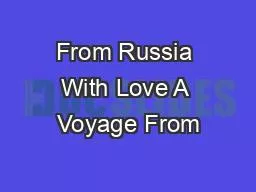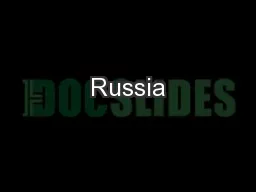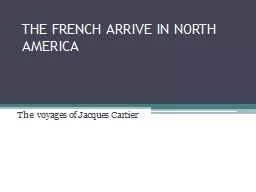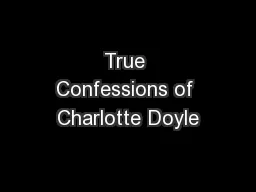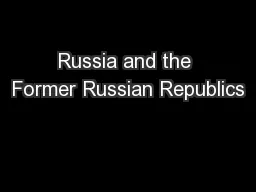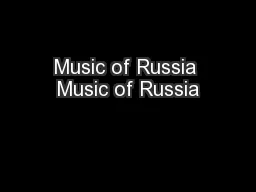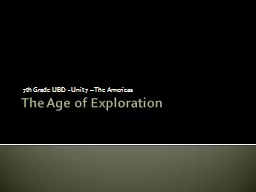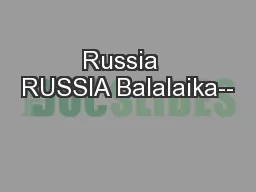PPT-From Russia With Love A Voyage From
Author : windbey | Published Date : 2020-07-03
Moscow to St Petersburg Part 2 Welcome to Kizhi Kizhi Island Is Unique An island in Lake Onega the second largest lake in Europe Less than 100 km62 miles from
Presentation Embed Code
Download Presentation
Download Presentation The PPT/PDF document "From Russia With Love A Voyage From" is the property of its rightful owner. Permission is granted to download and print the materials on this website for personal, non-commercial use only, and to display it on your personal computer provided you do not modify the materials and that you retain all copyright notices contained in the materials. By downloading content from our website, you accept the terms of this agreement.
From Russia With Love A Voyage From: Transcript
Download Rules Of Document
"From Russia With Love A Voyage From"The content belongs to its owner. You may download and print it for personal use, without modification, and keep all copyright notices. By downloading, you agree to these terms.
Related Documents

